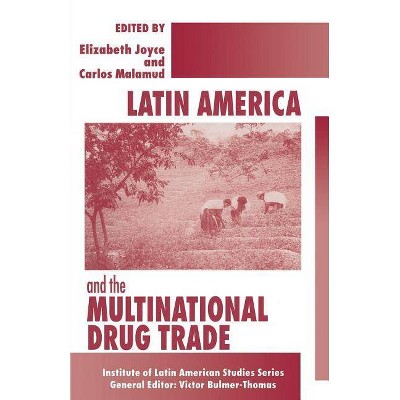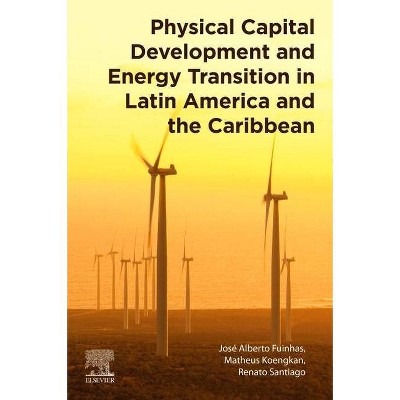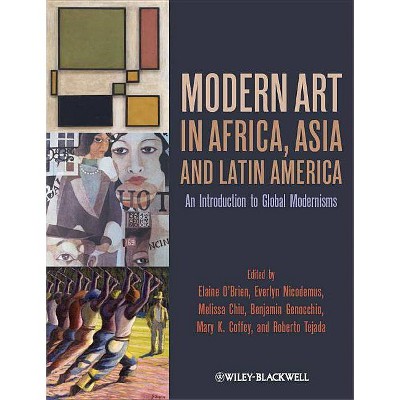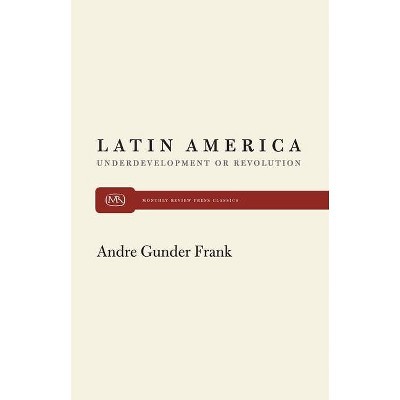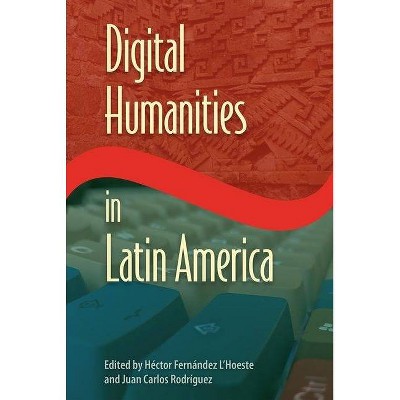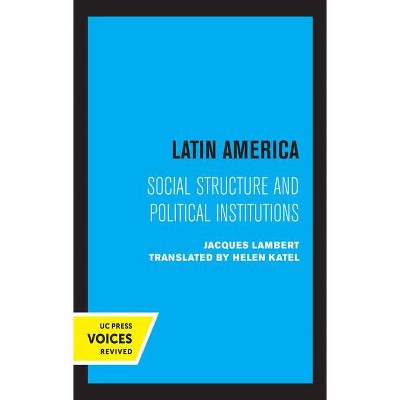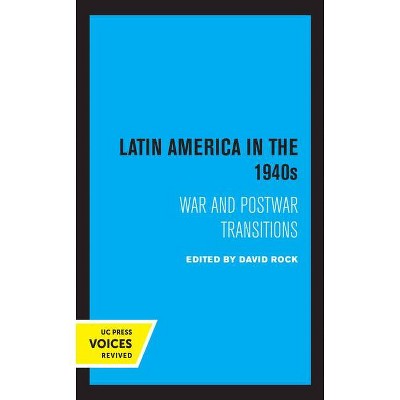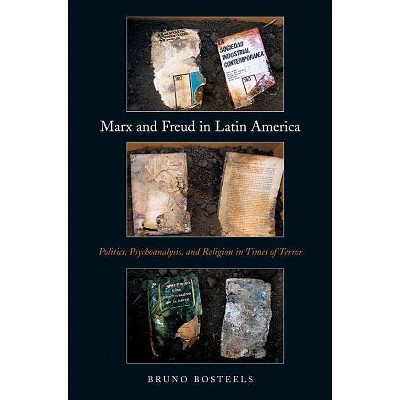Latin America and the Asian Giants - by Riordan Roett & Guadalupe Paz (Paperback)
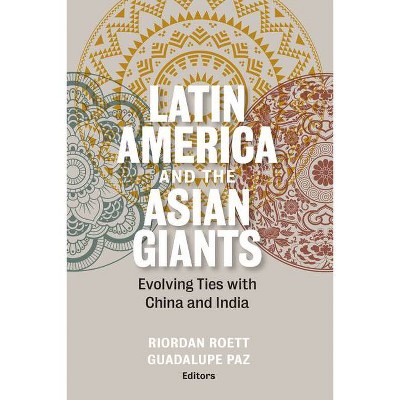
Similar Products
Products of same category from the store
AllProduct info
<p/><br></br><p><b> About the Book </b></p></br></br>In the years since China has adopted a "going global" strategy to promote its overseas investment, expand export markets, and gain much-needed access to natural resources abroad, Sino-Latin American relations have both deepened and broadened at an unexpectedly rapid pace. The main driver behind this sea change in bilateral relations has been economic complementarity, with resource-rich countries in Latin America exporting primary goods to the Asian giants' growing market and China exporting manufactured goods back into the region. In recent years, Sino-Latin American relations have matured considerably, becoming far more nuanced and multifaceted than ever before. <p/>India is a relatively new player in the region, but has slowly strengthened its ties. As one of Asia's largest markets, it offers interesting parallels to the Chinese case. Will Indo-Latin American ties follow a similar path? The main areas of growth include trade and investment, mining, energy, information technology, motor vehicle production, and pharmaceuticals. To what extent these changing dynamics will redefine Latin America's relations with India is a question of increasing relevance for policymakers. <p/>This volume offers a review of key cross-regional trends and critical policy issues involving the changing relationship between these two Asian giants and Latin America. Selected country case studies--Argentina, Brazil, Chile, and Mexico--provide a more in-depth analysis of the implications of China's and India's evolving interaction with the region.<p/><br></br><p><b> Book Synopsis </b></p></br></br><p>How an evolving relationship with China and India is changing Latin America's political and economic dynamics.</p> <p>In the years since China has adopted a going global strategy to promote its overseas investment, expand export markets, and gain much-needed access to natural resources abroad, Sino-Latin American relations have both deepened and broadened at an unexpectedly rapid pace. The main driver behind this sea change in bilateral relations has been economic complementarity, with resource-rich countries in Latin America exporting primary goods to the Asian giants' growing market and China exporting manufactured goods back into the region. In recent years, Sino-Latin American relations have matured considerably, becoming far more nuanced and multifaceted than ever before.</p> <p>India is a relatively new player in the region, but has slowly strengthened its ties. As one of Asia's largest markets, it offers interesting parallels to the Chinese case. Will Indo-Latin American ties follow a similar path? The main areas of growth include trade and investment, mining, energy, information technology, motor vehicle production, and pharmaceuticals. To what extent these changing dynamics will redefine Latin America's relations with India is a question of increasing relevance for policymakers.</p> <p>This volume offers a review of key cross-regional trends and critical policy issues involving the changing relationship between these two Asian giants and Latin America. Selected country case studies--Argentina, Brazil, Chile, and Mexico--provide a more in-depth analysisof the implications of China's and India's evolving interaction with the region.</p><p/><br></br><p><b> Review Quotes </b></p></br></br><br><p>The analysis of the links between Latin America and China and India is an interesting topic for experts in the field of economics, politics and international relations and this book is a great contribution with which to deepen their study.--<i>Iberoamerican Journal of Development Studies</i></p><br><p/><br></br><p><b> About the Author </b></p></br></br><b>Riordan Roett</b> is a professor and director of the Latin American Studies Program at the Johns Hopkins Paul H. Nitze School of Advanced International Studies (SAIS) in Washington, D.C. <p/> <b>Guadalupe Paz</b> is an assistant research professor and the associate director of the Latin American Studies Program at the Johns Hopkins Paul H. Nitze School of Advanced International Studies (SAIS) in Washington, D.C.
Price History
Cheapest price in the interval: 32 on November 8, 2021
Most expensive price in the interval: 32 on December 20, 2021
Price Archive shows prices from various stores, lets you see history and find the cheapest. There is no actual sale on the website. For all support, inquiry and suggestion messages communication@pricearchive.us


